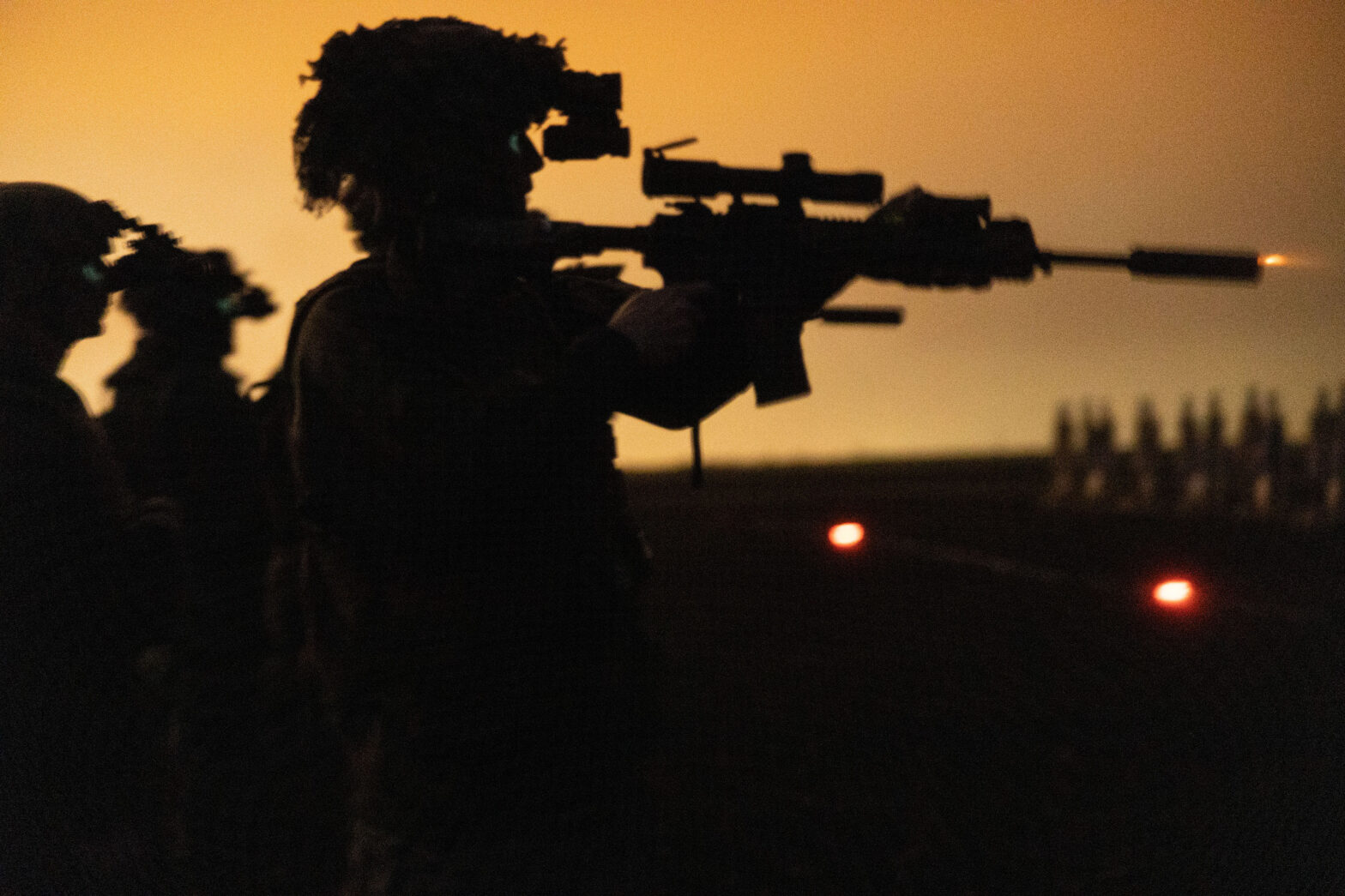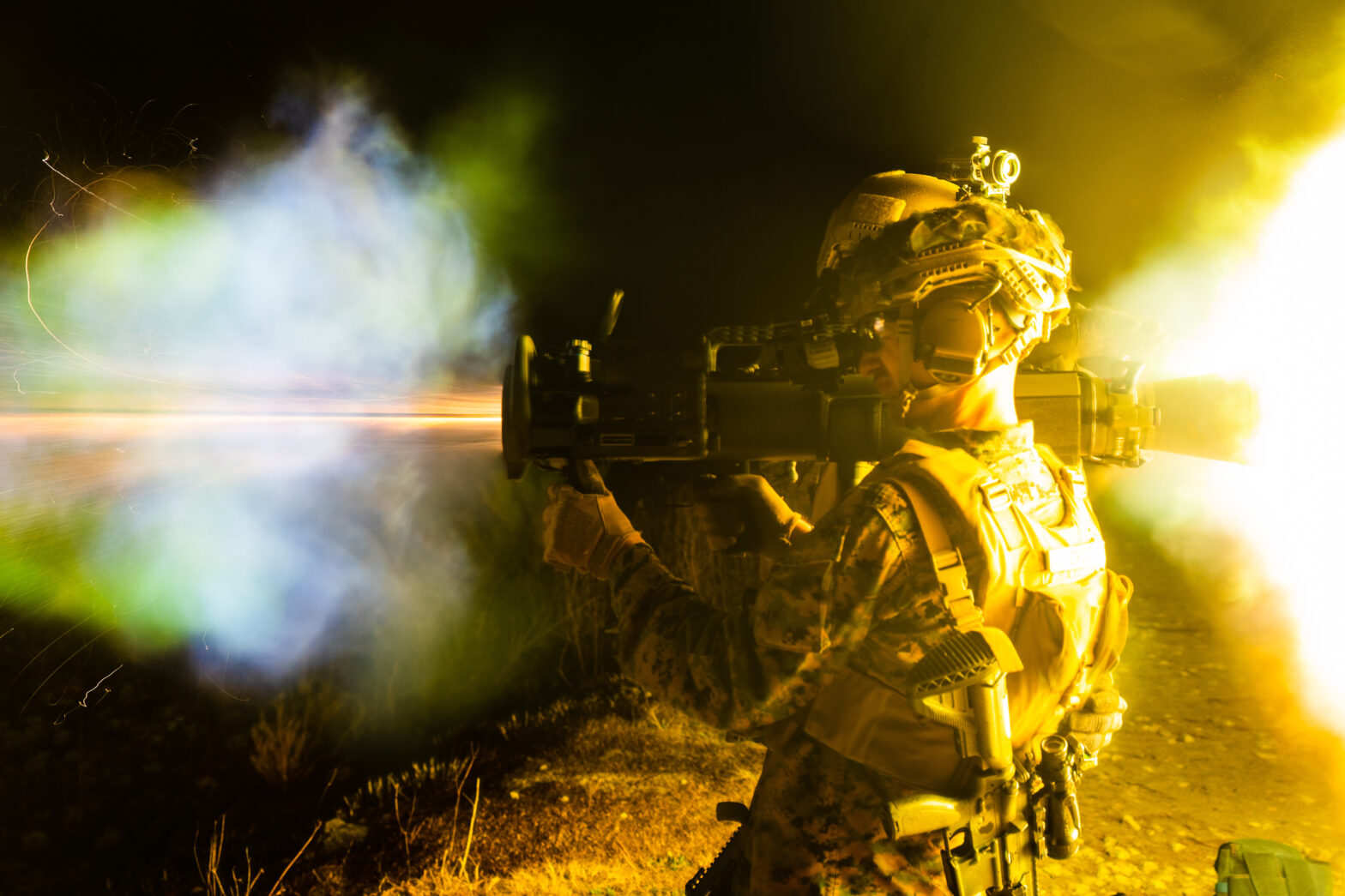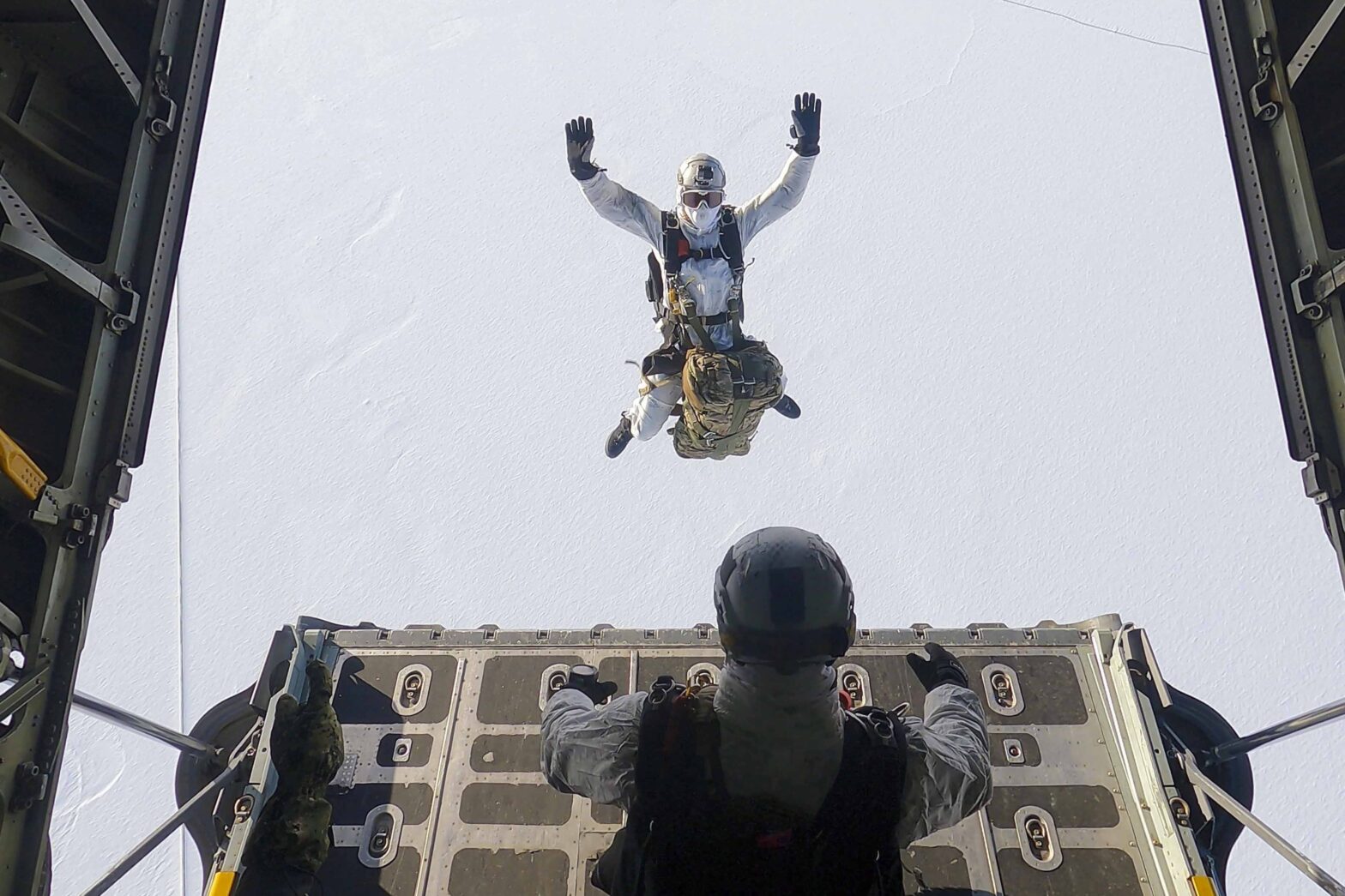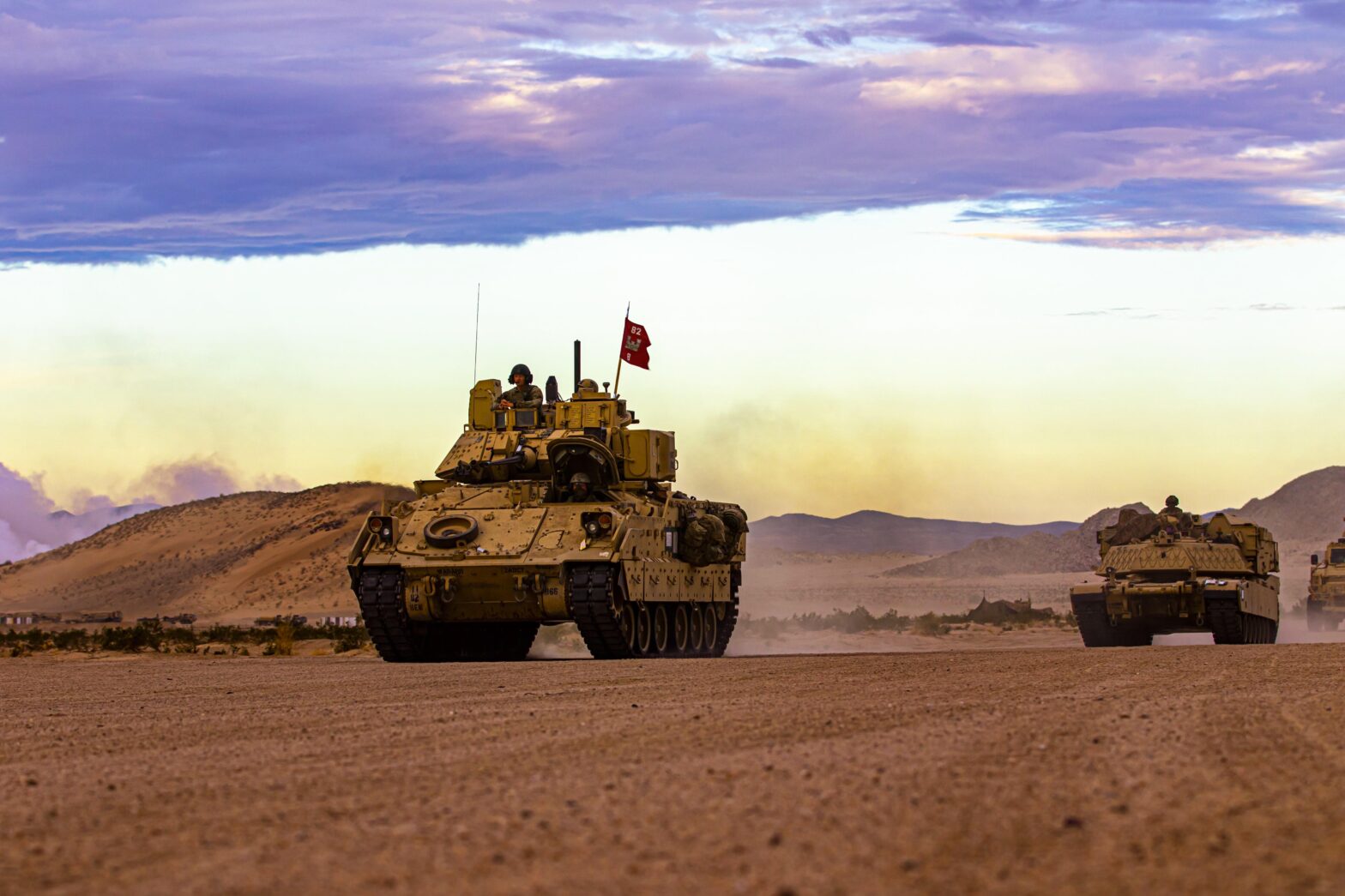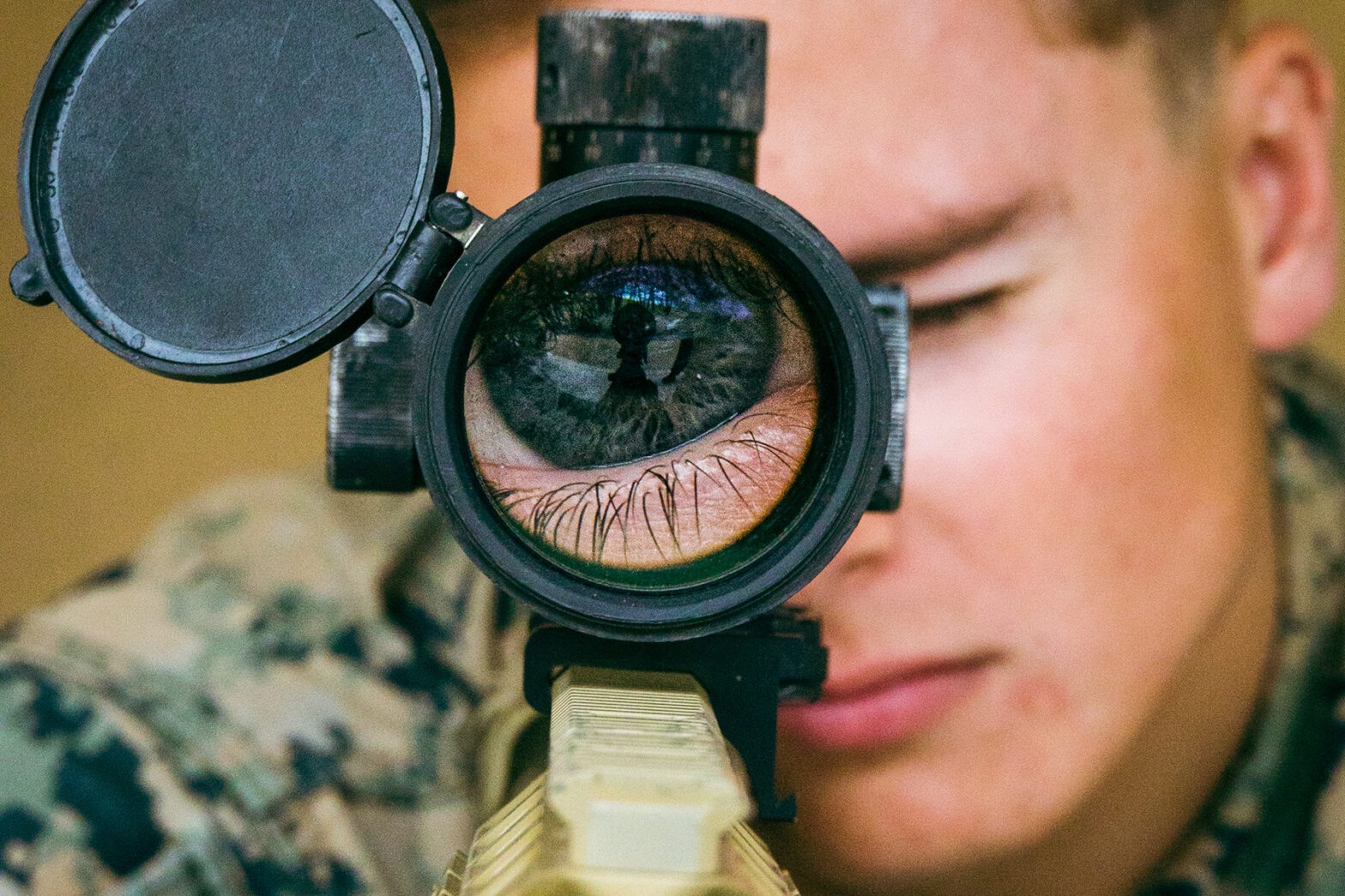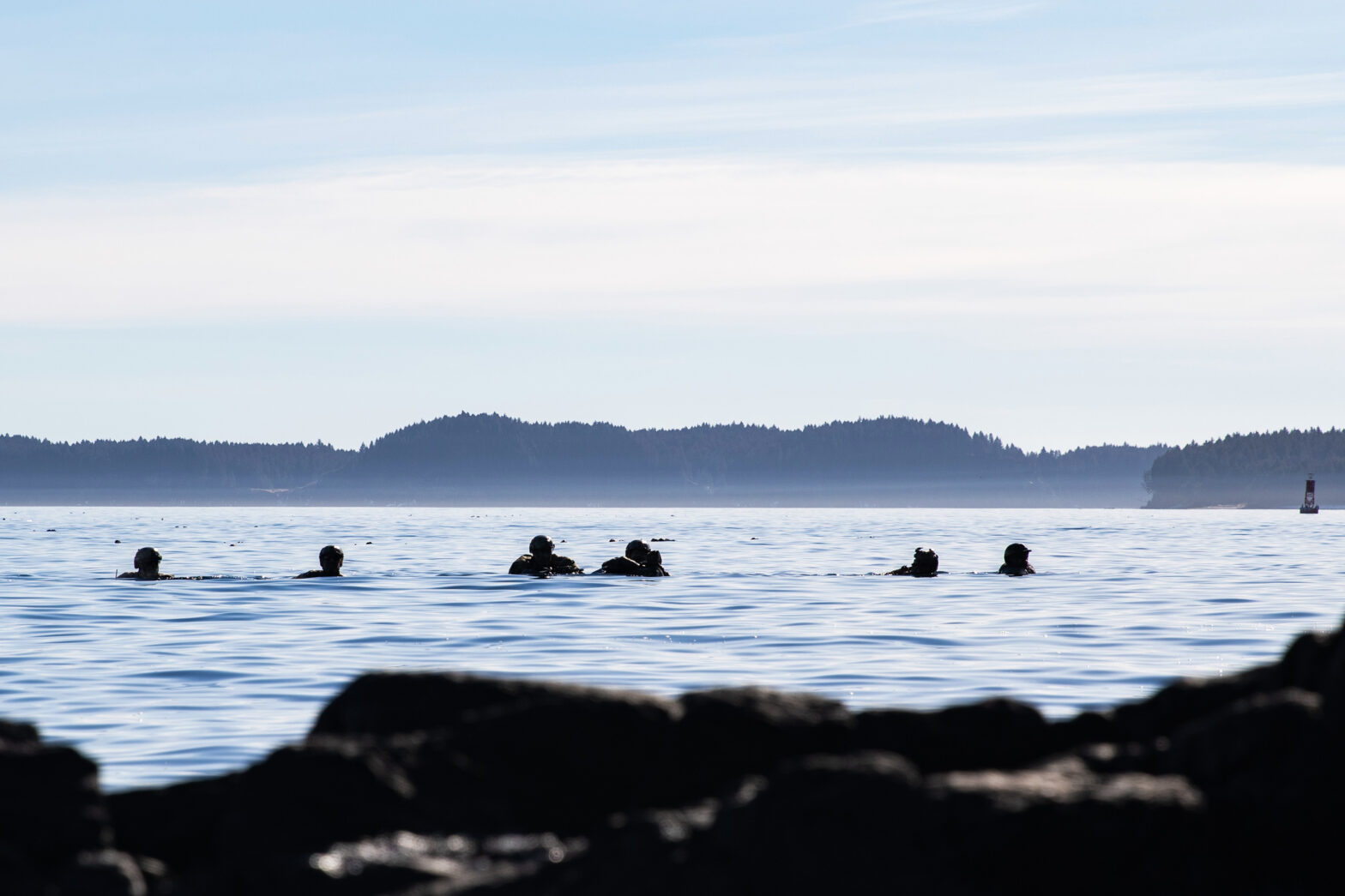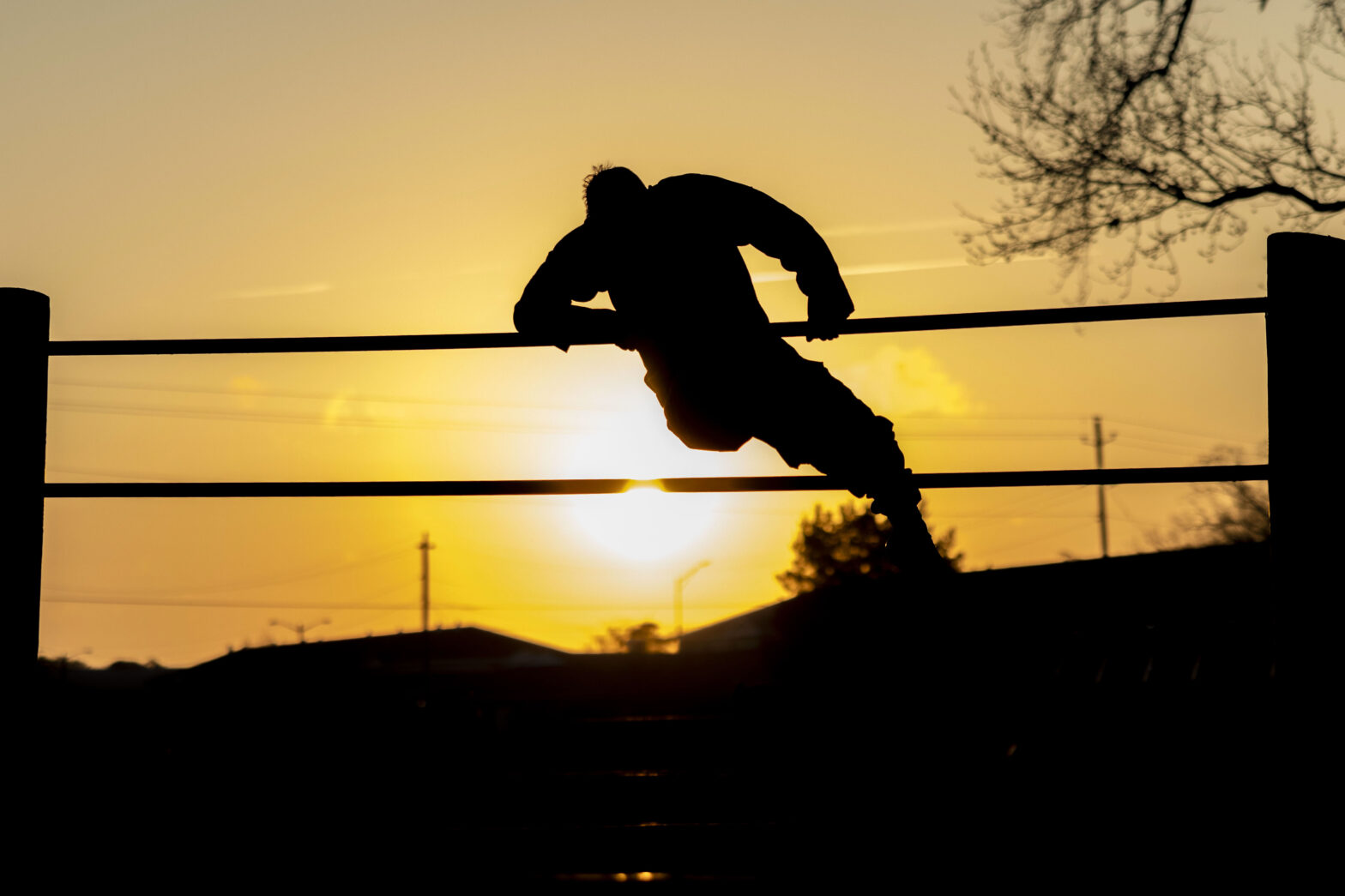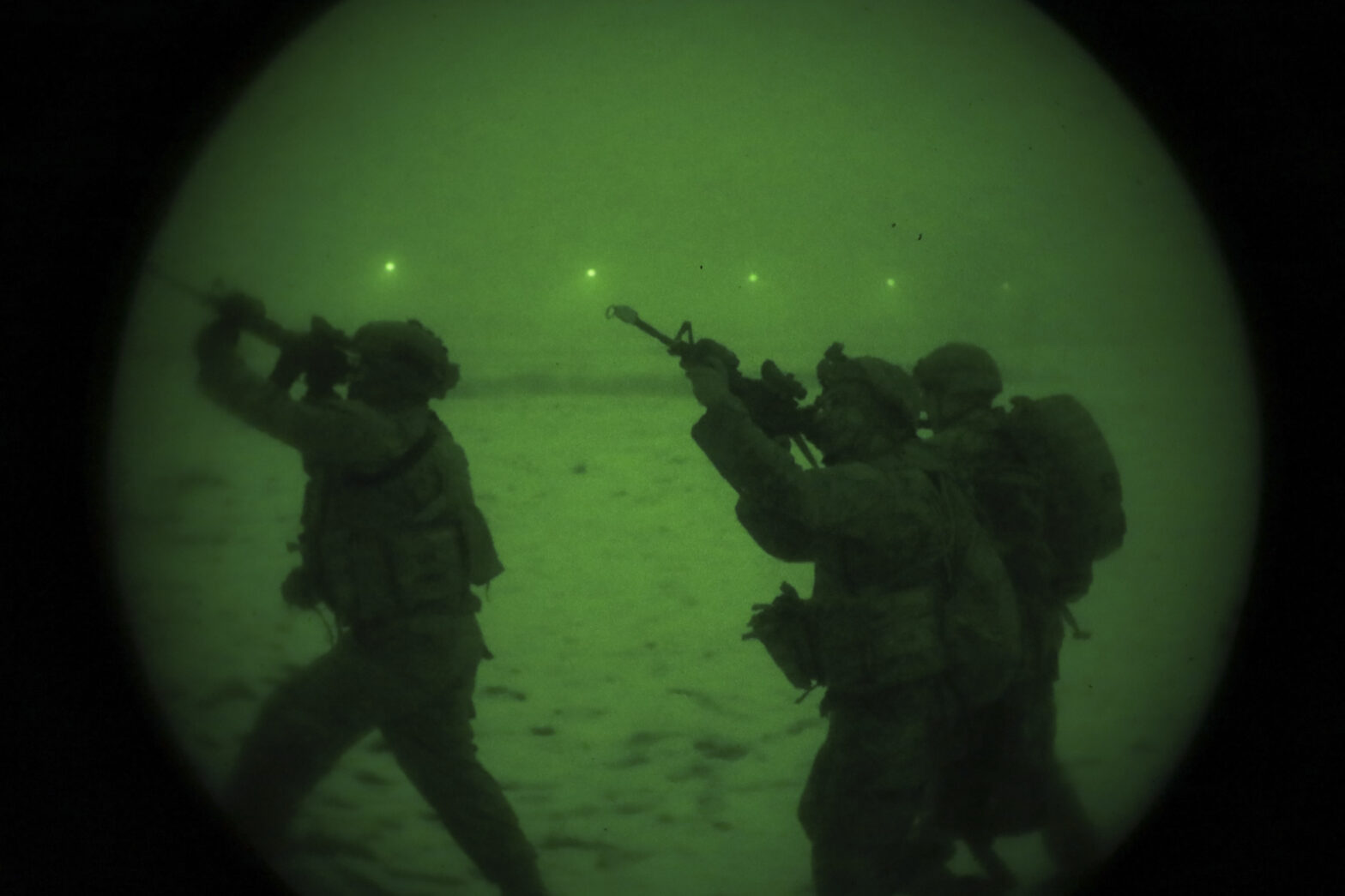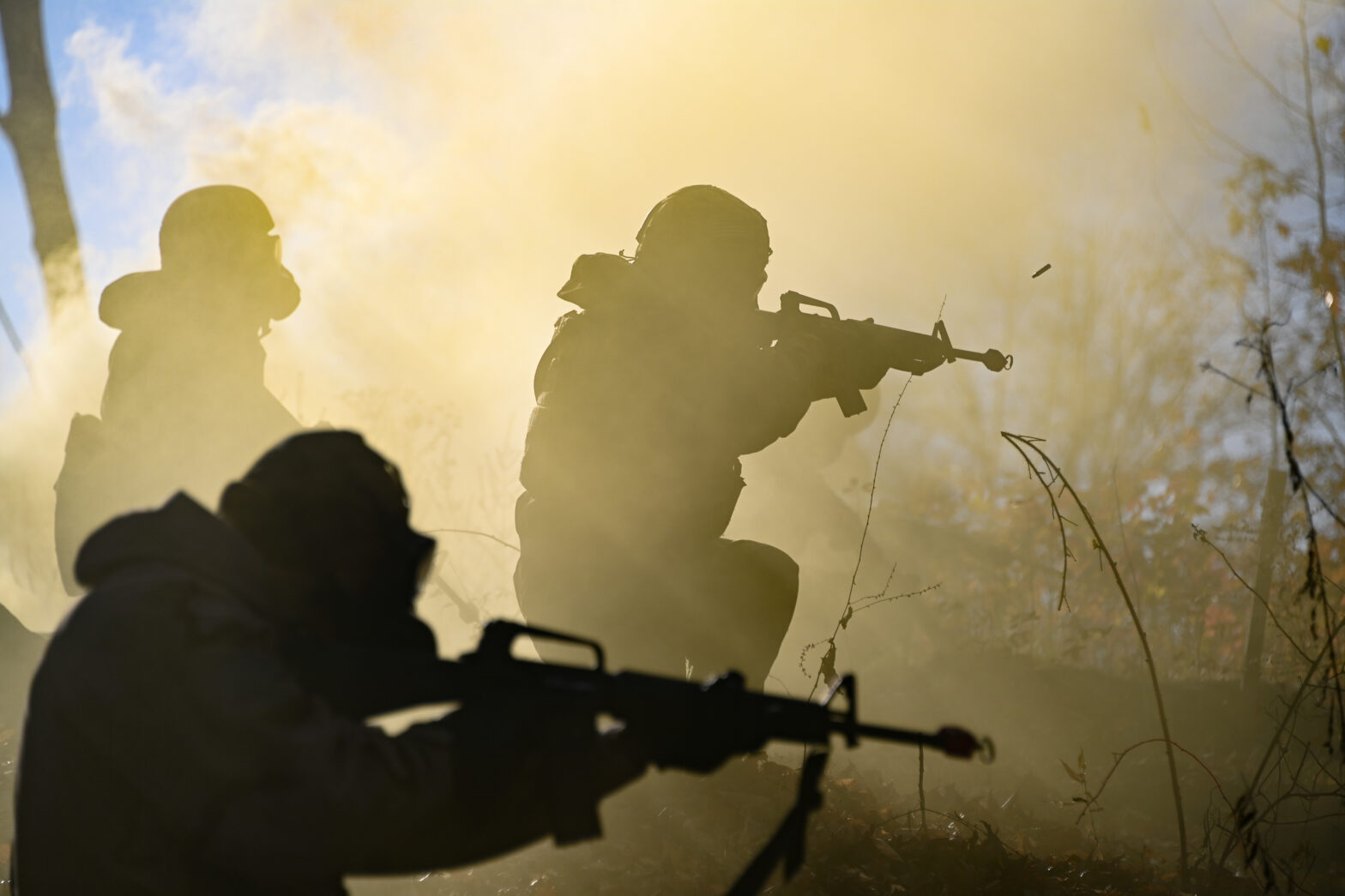A force with a forward or backward linear acceleration is unique as it will trigger a vergence response with the eyes. This means that the eyes are moving in opposite directions as they track a target moving closer or further from you. Placing the target on the ground in front of him, Ben then performs… Continue reading Keeping Target Focus with Forward/Backward Acceleration
Tag: Vestibular system
Target Focus and the Vestibular System
In this video Ben is holding the camera while he walks and then transitions to a run. You’ll notice that as he walks we are able to maintain good focus of the gym, but as he transitions to a run we lose that ability to keep clear vision on the environment. But he didn’t lose… Continue reading Target Focus and the Vestibular System
Testosterone, Subconcussions, and Vestibular Function
Decreased testosterone levels are common after brain trauma. One study found testosterone suppression in 100% of men within 10 days after a mild traumatic brain injury. [1] “…administration of testosterone following injury to cranial neurons has been shown to upregulate the expression of neuroprotective genes…” [2] In other words, testosterone can help with brain health.… Continue reading Testosterone, Subconcussions, and Vestibular Function
How to Add Vestibular Training to Your Plyometrics
Your vestibular system is integral to performance. It is an essential situational awareness system and contributes to movement in low visibility and maintaining position against an external force. The performance of your vestibular system is also vulnerable to repeated subconcussive exposures. That is why it is so important to incorporate vestibular training into your training.… Continue reading How to Add Vestibular Training to Your Plyometrics
Maintaining Position Against an External Force
Force = Mass x Acceleration. Maintaining position against an external force requires the ability to counteract both the mass and the acceleration components. You need to have the physical output capabilities, like strength, to hold your position. But strength alone isn’t enough to hold your position. Take bull riders for example. In order to stay… Continue reading Maintaining Position Against an External Force
Peripheral Target Centralization
You want two things to happen when centralizing on a peripheral target: Because the faster you can turn your head and keep that target in focus, the faster you can accurately engage it. Rapid centralization of a peripheral target requires your vestibular system. To maintain that peripheral target focus as you move your head, your… Continue reading Peripheral Target Centralization
Background Systems
When executing in conditions with high cognitive demands, you need certain sensory systems to be working at a high level in the background. I think of your vestibular and somatosensory systems primarily as background systems, meaning they shouldn’t have your attention often. When functioning at a high level, these systems allow your attention to be… Continue reading Background Systems
5x Faster
The earliest visual responses occur at a substantially longer latency (about 80msec) compared to vestibular responses (about 14msec). [1] This isn’t to diminish the importance of the visual system, but rather emphasize the importance of optimizing your vestibular system to enhance your performance. If you are visually dependent on your movement control and situational awareness,… Continue reading 5x Faster
Own Your Movement
You want to own your movement. By that I mean, no matter the conditions, you are consistent with control over your movement. Most people train with their attention on their movement, usually staring directly at their feet, then wonder why that control doesn’t translate under the real-life conditions they execute in. But they’ve trained visual… Continue reading Own Your Movement
Which Sensory System Are You Relying on?
When performing on a stable surface and well-lit environment, your visual, vestibular, and somatosensory systems are all sending information to your central nervous system (CNS) that is similar. But you aren’t always performing in perfect conditions. When you ruck through mud or sand, the information regarding the position of your ankles (somatosensory information) is going… Continue reading Which Sensory System Are You Relying on?
